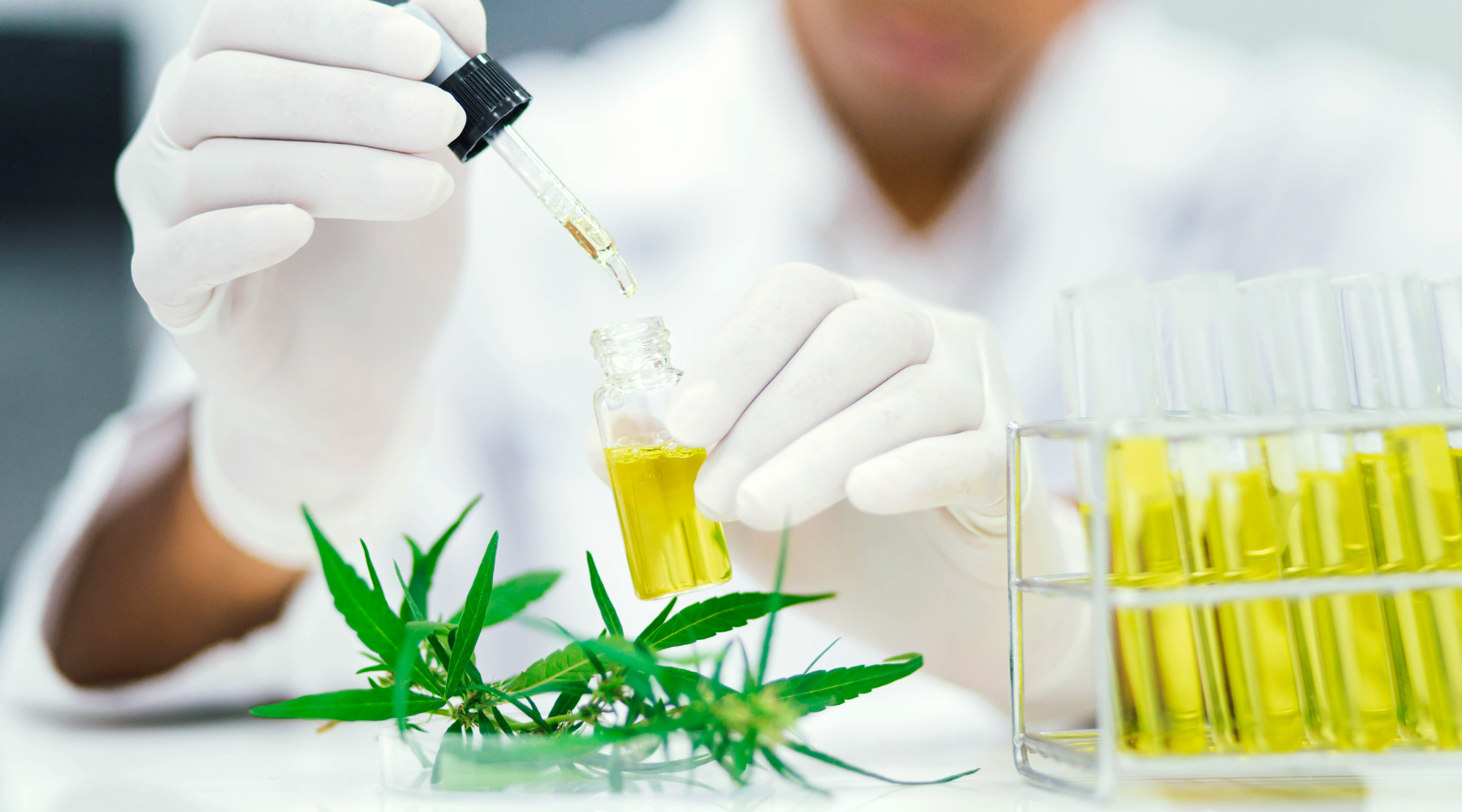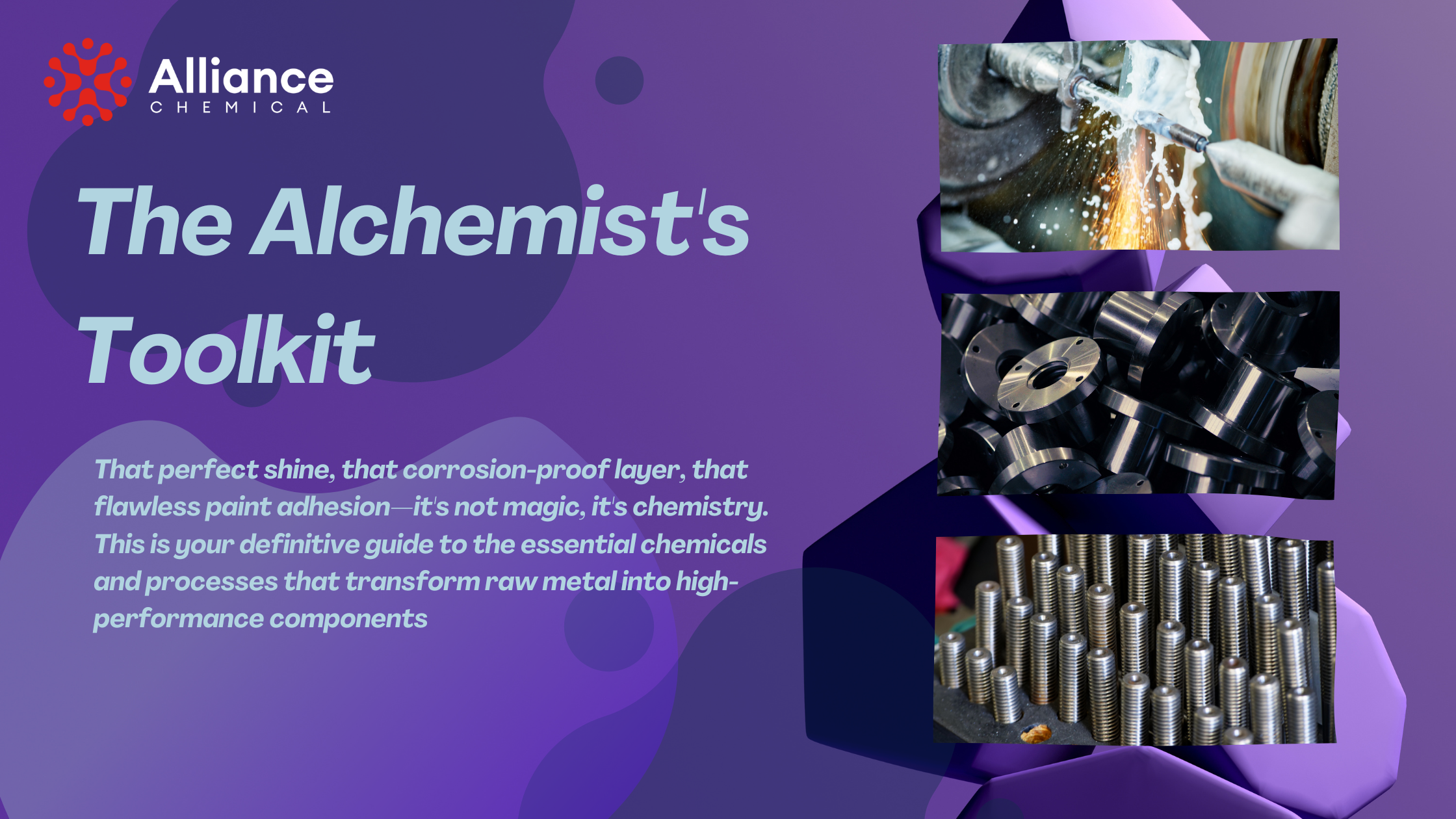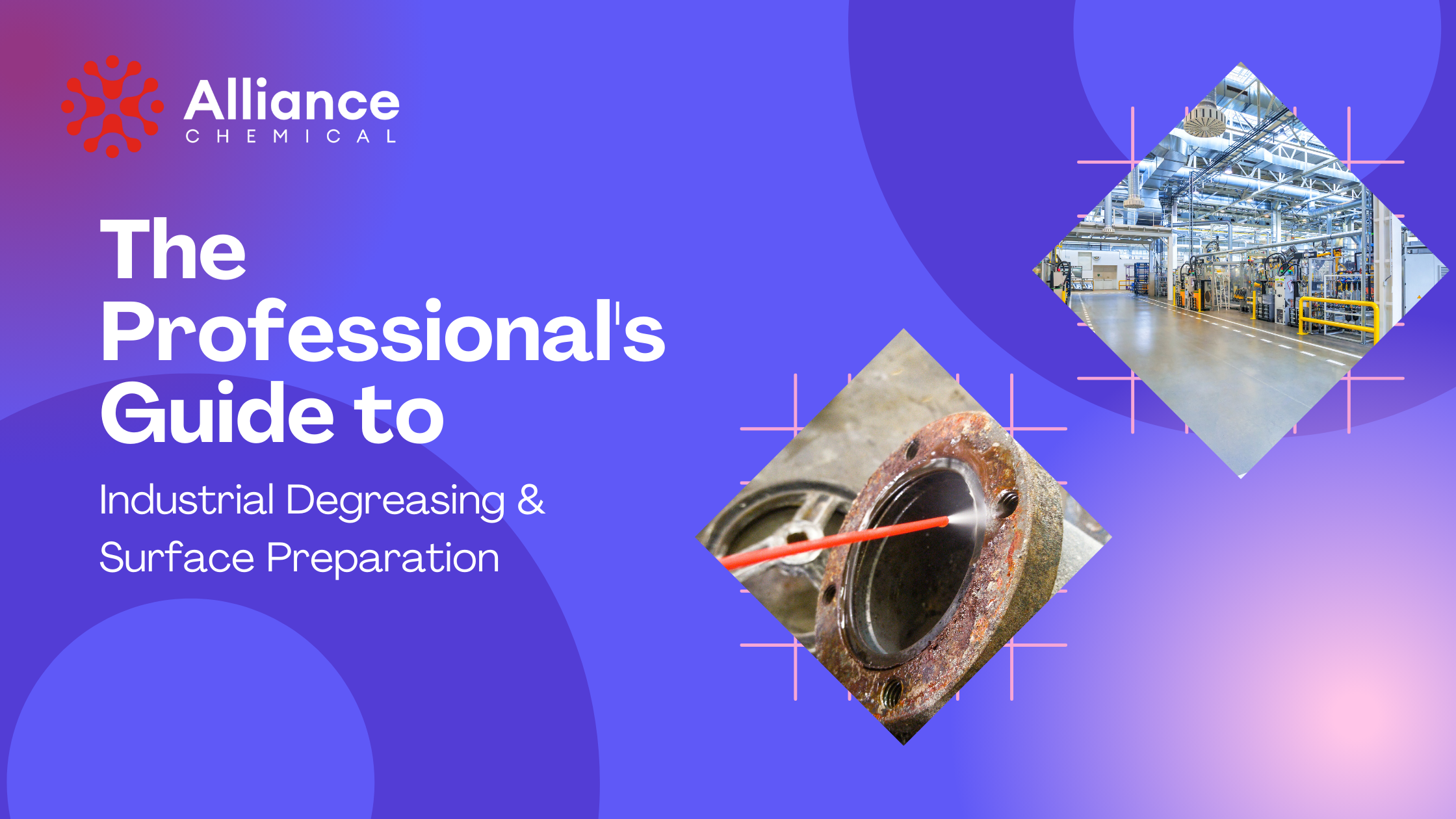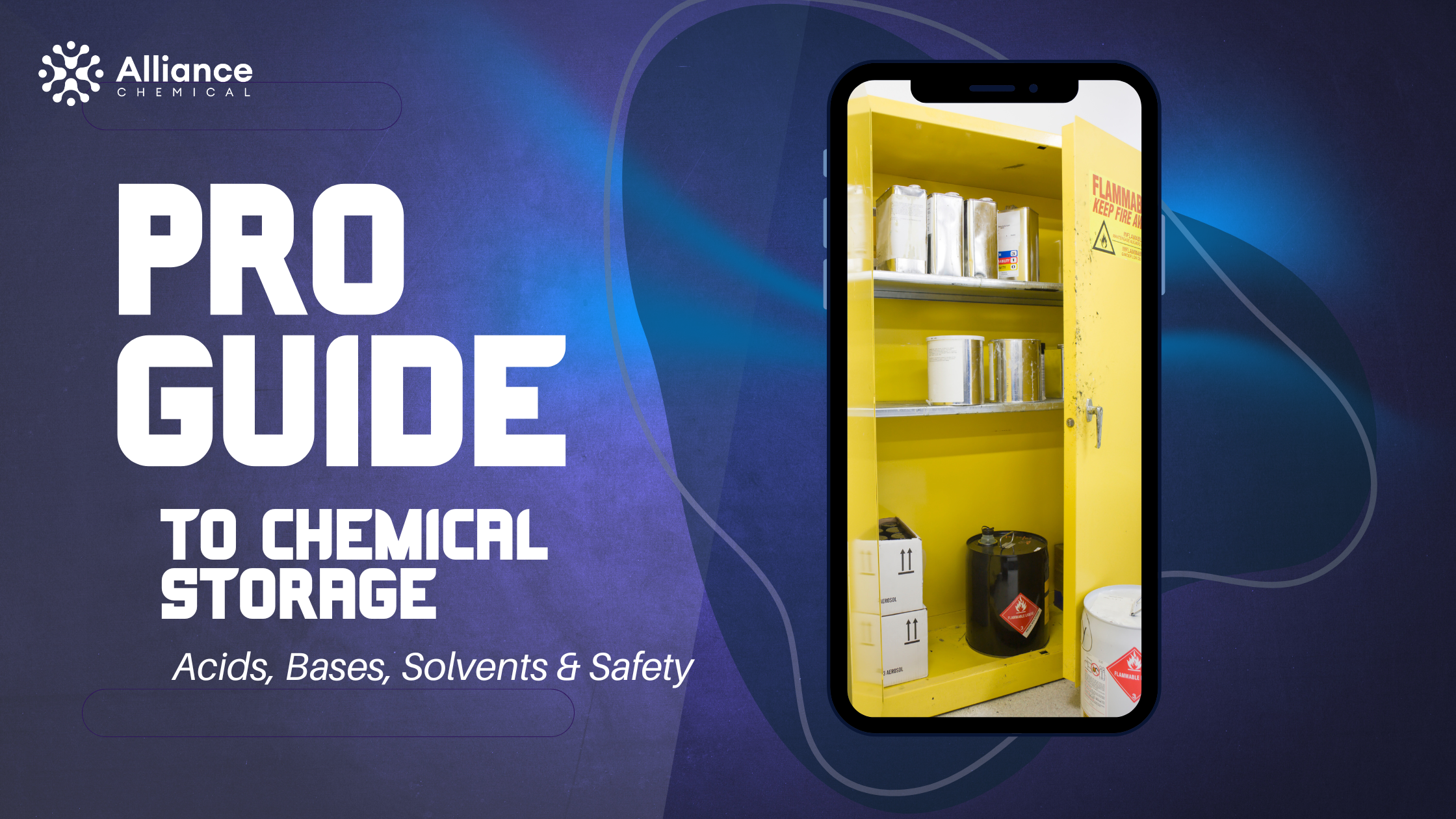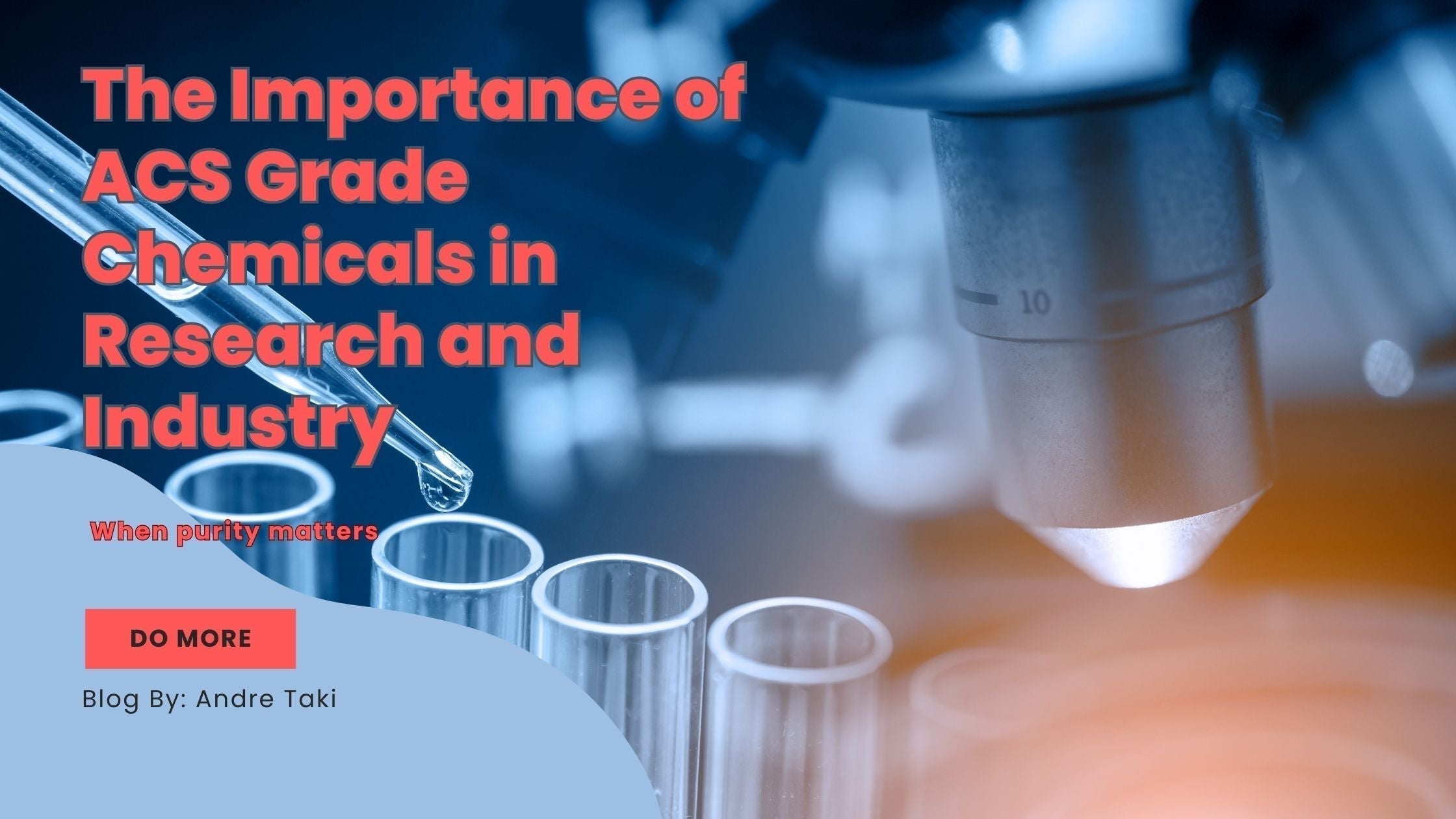
The Importance of ACS Grade Chemicals in Research and Industry
Summary
In the exacting worlds of scientific research, quality control, and high-stakes manufacturing, the term "purity" is not a vague ideal—it is a quantifiable, critical requirement. The integrity of an entire experiment can hinge on it. For this reason, established chemical grades are the language of precision. Among these, the American Chemical Society (ACS) grade represents a pinnacle of quality, a standard that guarantees reliability for serious analytical and research applications. This definitive guide explores the ACS standard, compares it to other common grades, and explains why this commitment to purity is a non-negotiable for achieving valid, reproducible results.
The Gold Standard: What "ACS Grade" Signifies
A chemical designated as ACS Grade certifies that it meets or surpasses the rigorous specifications set by the American Chemical Society's Committee on Analytical Reagents. Formed in 1903, this committee has served for over a century as the definitive authority on the purity required for precise analytical work. Their standards, published in the authoritative text *Reagent Chemicals*, outline specific, testable limits for known impurities for hundreds of common chemicals.
When you purchase a product like Acetic Acid Glacial, ACS Grade, you are not just buying acetic acid. You are buying a product guaranteed to have an assay (purity) of ≥99.7% and to contain less than the maximum allowable limits of impurities like chloride, sulfate, and heavy metals. This is a promise of consistency and predictability.
The Consequence of Impurities: Why Purity is Paramount
For a professional, using a chemical of unknown or insufficient purity is an unacceptable risk. Even trace impurities can have catastrophic effects on an analysis or synthesis:
- In Analytical Chemistry: A trace metal impurity in a solvent can create a massive ghost peak in a Gas Chromatography-Mass Spectrometry (GC-MS) analysis, completely obscuring the results. An ionic impurity can poison an electrode in an electrochemical experiment.
- In Pharmaceutical Synthesis: An unknown impurity can act as a catalyst poison, halting a critical reaction, or worse, be carried through into the final active pharmaceutical ingredient (API), leading to a failed batch and potential patient safety issues.
- In Electronics Manufacturing: Trace metallic ions in an etching acid like Hydrochloric Acid ACS Grade can cause defects and short circuits in the microscopic pathways of a semiconductor wafer.
The Bottom Line: In any application where the results must be precise, reproducible, and valid, the cost of using a lower-grade chemical is far outweighed by the potential cost of failed experiments, wasted time, and compromised data.
Decoding the Grades: A Head-to-Head Comparison
Understanding the hierarchy of chemical grades is essential for selecting the right material. While there can be overlap, each grade serves a distinct purpose defined by its governing standards.
| Grade | Governing Body / Standard | Primary Purpose | Key Characteristics |
|---|---|---|---|
| ACS Grade | American Chemical Society | High-stakes analytical testing and fundamental research. | Very high purity (typically ≥95%), with published maximum limits for specific impurities. |
| USP / NF Grade | U.S. Pharmacopeia / National Formulary | Pharmaceutical, therapeutic, and medical device applications. | Focuses on purity from substances harmful to humans (heavy metals, toxins). Acceptable for food and drug use. |
| FCC Grade | Food Chemical Codex | Use as a direct food ingredient or additive. | Meets standards for purity and identity for substances added to food. Ensures safety for consumption. |
| Reagent Grade | General (often internal manufacturer specs) | General laboratory use, qualitative analysis, and less sensitive quantitative work. | High purity, but may not have published limits for all impurities like ACS grade. Often comparable to ACS. |
| Technical Grade | Industrial Specification | Large-scale commercial and industrial applications where high purity is not critical. | Good commercial quality but contains significant impurities. Not suitable for analytical or food/drug use. |
Your Proof of Purity: How to Read a Certificate of Analysis (CoA)
The ultimate guarantee of a chemical's quality is its lot-specific Certificate of Analysis (CoA). This document is your proof that the product meets the claimed specifications. Learning to read it is a critical professional skill.
Key Sections of a CoA:
A CoA for an ACS Grade chemical will typically list the required specification and the actual measured result for that specific batch.
Certificate of Analysis: Acetone, ACS Grade
Product: Acetone, ACS Grade
Lot Number: AC202308-01
----------------------------------------
Test..................Specification.............Result
Assay (by GC).......≥99.5%...................99.9%
Color (APHA).........≤10......................<5
Residue after Evap...≤0.001%.................0.0004%
Water..................≤0.5%....................0.03%
Chloride (Cl)........≤0.3 ppm................<0.1 ppm
In this example, you can see that the Assay (purity) of this batch of Acetone is 99.9%, which exceeds the minimum ACS specification of 99.5%. Likewise, the measured impurities like water and chloride are well below the maximum allowable limits. This CoA provides complete confidence in the product's quality.
ACS Grade in Action: Critical Applications
The need for ACS grade purity is evident across the most demanding scientific and industrial fields:
- Environmental Analysis: When testing for pesticides in water down to parts-per-billion levels, the solvents used for extraction, like Hexane ACS Grade, must be free of any interfering compounds.
- Pharmaceutical QC: Quality control labs use ACS grade reagents like Isopropyl Alcohol 99.9% ACS Grade as standards and solvents in High-Performance Liquid Chromatography (HPLC) to verify the purity of their final drug products.
- University Research: From synthesizing novel materials to conducting sensitive biological assays, academic researchers rely on the guaranteed purity of ACS grade chemicals like Boric Acid ACS Grade to ensure their groundbreaking work is built on a reliable foundation.
